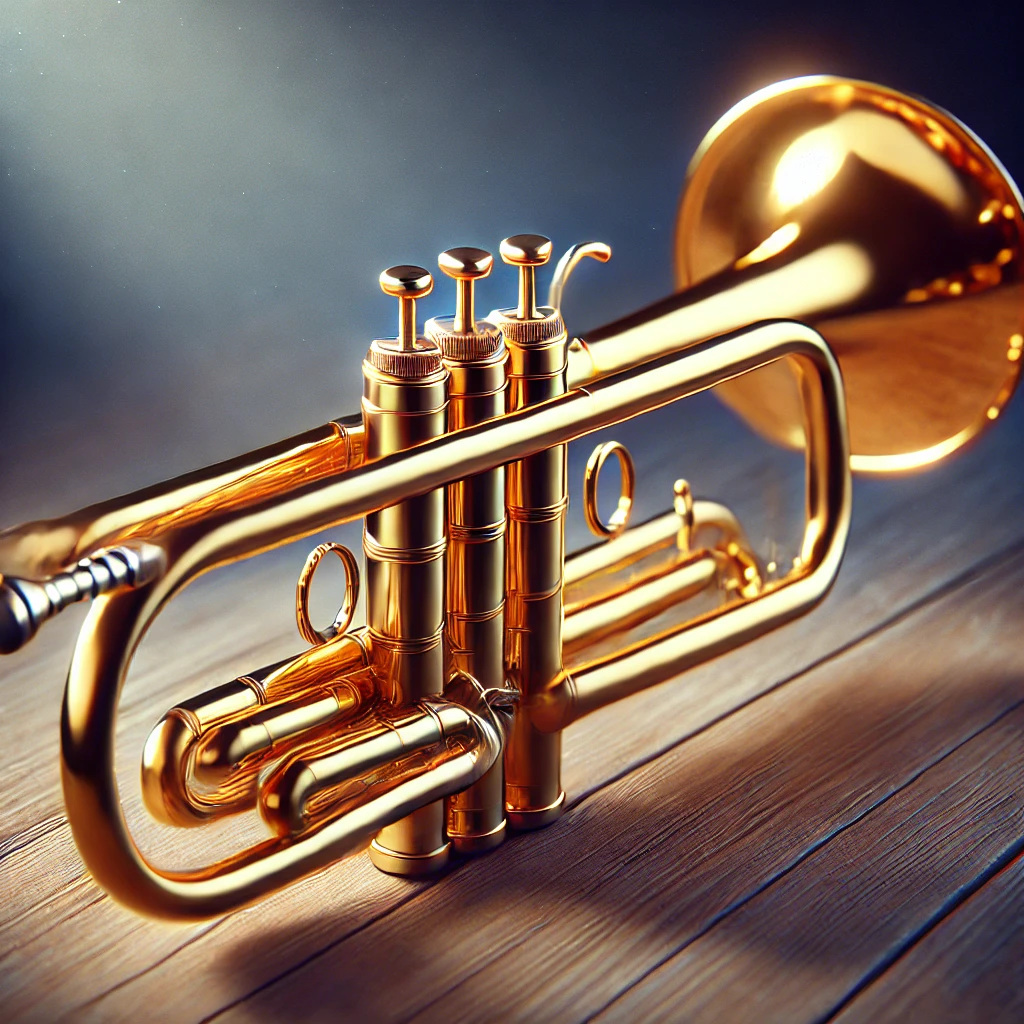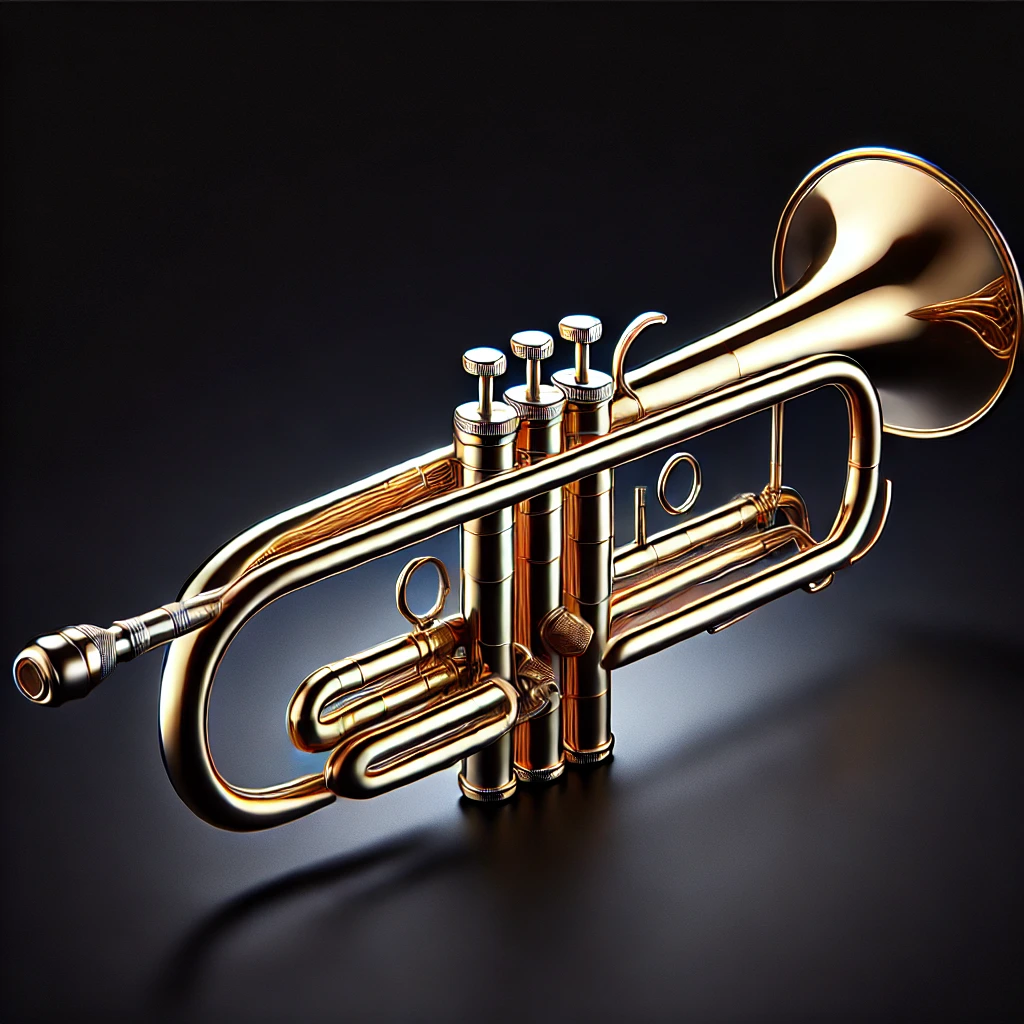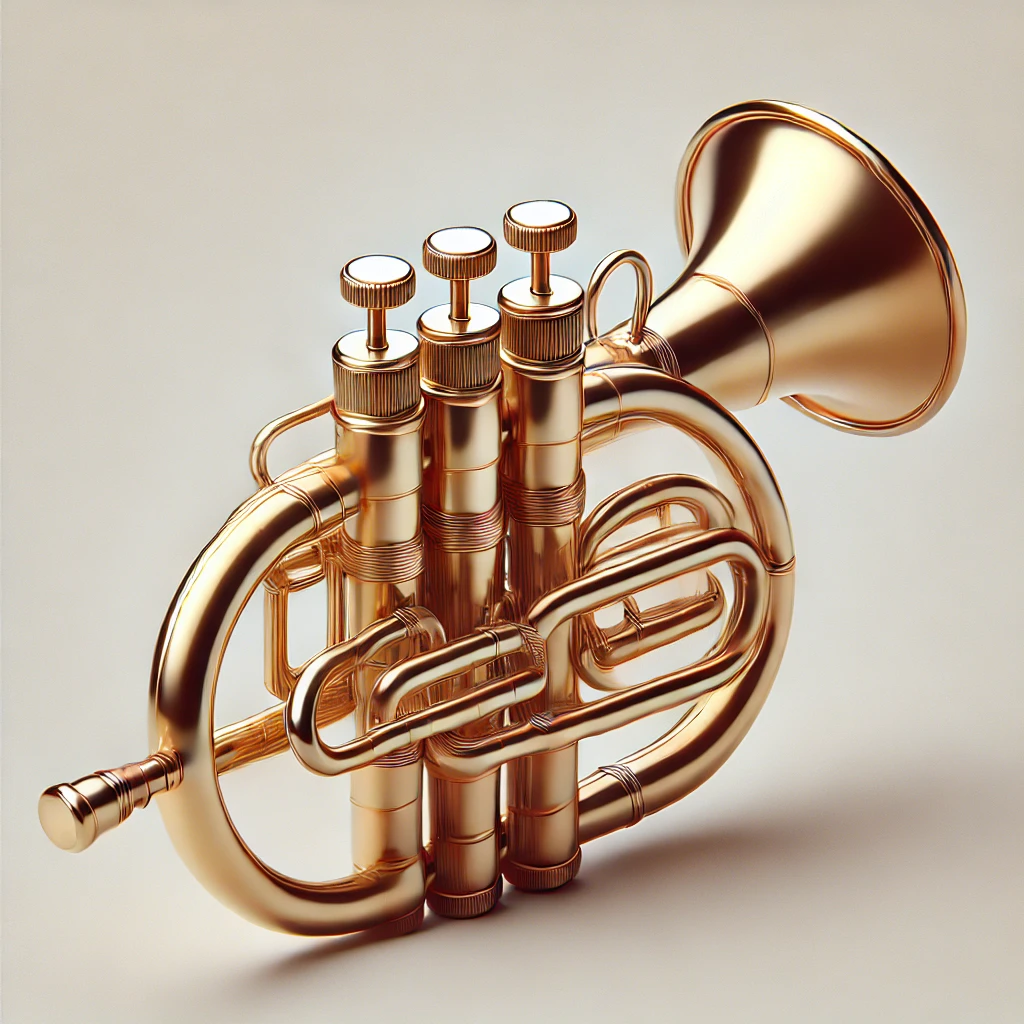
The trumpet is one of the most recognizable and versatile musical instruments, known for its bright, bold sound. From classical orchestras to jazz bands, the trumpet has played a vital role in shaping musical history. In this blog, we’ll explore the fascinating world of the trumpet—its history, structure, types, and how it works.
A Brief History of the Trumpet
The trumpet has a rich history that dates back over 3,000 years. Early versions of the trumpet were made from natural materials like animal horns and were used for military and ceremonial purposes rather than for music.
- Ancient Times: Trumpet-like instruments were used in ancient Egypt, Greece, and Rome for signaling and religious ceremonies.
- Medieval Period: By the 11th century, metal trumpets began appearing in Europe.
- Renaissance & Baroque Era: The trumpet evolved into a more refined musical instrument, used in courts and orchestras.
- Modern Era: In the 19th century, the invention of valves revolutionized the trumpet, allowing it to play a full chromatic scale.
Parts of a Trumpet and How It Works
The trumpet may look simple, but its design is highly sophisticated. Here are the key parts:
- Mouthpiece: Where the player blows air to create sound.
- Leadpipe: The tube connecting the mouthpiece to the main body.
- Valves: The three buttons that change the pitch by redirecting air through additional tubing.
- Bell: The flared end where sound emerges and resonates.
- Slides: Adjustable tubing to fine-tune the pitch.
How it Works:
When you buzz your lips into the mouthpiece, it creates vibrations. By pressing different valves, you change the length of the tubing, which alters the pitch.
Types of Trumpets
While the B♭ trumpet is the most common, there are several types of trumpets, each with its unique sound and purpose.
1. B♭ Trumpet

This is the most common trumpet you’ll see in school bands, jazz groups, and orchestras. It’s tuned to B-flat, meaning when you play a note called “C,” it sounds like a B-flat. It’s easy to play and has a warm, full sound, making it perfect for beginners and pros.
2. C Trumpet

The C trumpet is slightly smaller than the B♭ trumpet and is often used in orchestras. It plays in concert pitch (C), so musicians don’t need to adjust their music. It has a bright, clear sound and is favored by classical musicians.
3. Piccolo Trumpet

This is the smallest trumpet and plays much higher notes—about an octave (eight notes) above the B♭ trumpet. It’s used for special, high-pitched music, especially in Baroque pieces. It’s harder to play and usually has four valves instead of three.
4. Bass Trumpet

The bass trumpet is bigger and plays lower, deeper notes—similar to a trombone but with the feel of a trumpet. It’s used in orchestras and jazz to add rich, low sounds to the music.
5. Pocket Trumpet

The pocket trumpet is a tiny, coiled version of the B♭ trumpet. It sounds the same as a regular B♭ trumpet but is much smaller and easier to carry. It’s popular for practicing and is often used in jazz for its fun, compact size.
6. Herald Trumpet

This trumpet is long and straight, like the ones you see in medieval movies. It’s often used for ceremonies and special events, where you might even see a banner hanging from it. It produces a loud, clear sound that’s perfect for fanfares.
Playing the Trumpet: Basics for Beginners
If you’re new to the trumpet, here are the fundamental steps to start playing:
- Proper Posture: Sit or stand straight for better breath control.
- Lip Buzzing: Practice buzzing your lips without the instrument.
- Mouthpiece Practice: Blow air smoothly into the mouthpiece to create a steady tone.
- Valve Combinations: Learn how pressing different valves changes the pitch.
- Scales & Exercises: Practice simple scales to improve finger coordination and breath control.
Famous Trumpet Players Who Shaped Music History
Several musicians have elevated the trumpet to new heights. Here are a few legends:
- Louis Armstrong: A jazz icon known for his groundbreaking improvisation and distinctive tone.
- Dizzy Gillespie: Pioneer of bebop with unmatched technical skill.
- Miles Davis: Known for pushing musical boundaries across jazz styles.
- Wynton Marsalis: Modern virtuoso and ambassador of both classical and jazz trumpet.
Interesting Facts About the Trumpet
- The trumpet is one of the loudest acoustic instruments.
- Trumpets can reach over 100 decibels—as loud as a jackhammer!
- In the past, trumpets were used as military signals during battles.
- It takes years to master the trumpet’s breath control and embouchure (lip positioning).
Caring for Your Trumpet
Proper maintenance is essential to keep your trumpet in top shape:
- Clean the Mouthpiece: Rinse after every use to prevent buildup.
- Oil the Valves: Regularly apply valve oil to keep them moving smoothly.
- Clean the Slides: Remove and clean slides to prevent clogging.
- Polish the Exterior: Use a soft cloth to keep the trumpet shiny.
Conclusion
The trumpet is a powerful and expressive instrument with a long, storied history. Whether you’re a beginner or an enthusiast, understanding how it works, its different types, and its role in music enhances your appreciation for this magnificent instrument. With practice and dedication, anyone can unlock the trumpet’s full potential and enjoy the joy of music.
Frequently Asked Questions (FAQs)
1. Is the trumpet hard to learn?
Learning the trumpet takes time and dedication, especially mastering breath control and finger techniques. However, with consistent practice, anyone can learn to play it.
2. What is the most common type of trumpet?
The B♭ trumpet is the most common and versatile, used in jazz bands, orchestras, and marching bands.
3. How do you clean a trumpet?
Regularly clean the mouthpiece, oil the valves, and rinse the slides to maintain a smooth-playing instrument.
4. Can the trumpet play all musical notes?
Yes! Modern trumpets with valves can play a full chromatic scale, allowing access to all musical notes.
5. Who is the most famous trumpet player?
Louis Armstrong is widely considered the most famous trumpet player for his influence on jazz and popular music.
Leave a Reply